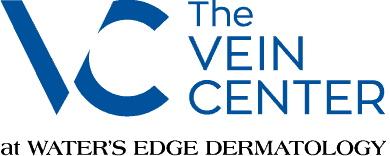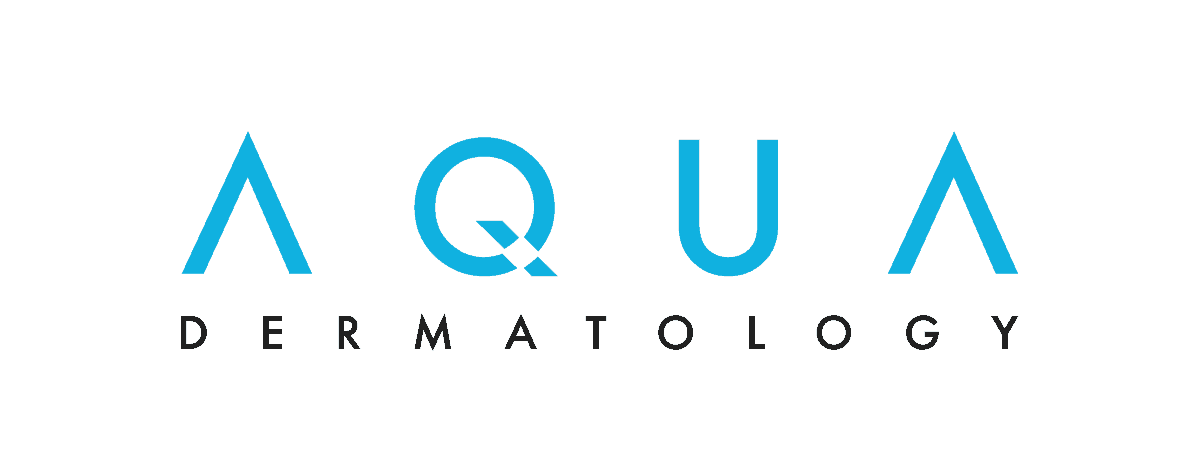Non-Ablative Laser Skin
Resurfacing
Call (877) 900-3223
Non-Ablative Laser Skin Resurfacing
How Does It Work?
What Types of Skin Problems Does the Icon Treat?
What Can I Expect During the Procedure?
What Happens After Treatment?
When Will I See Results?
How Many Treatments Will I Need?
Non-ablative laser skin revision works on many skin types, including very light and very dark skin. It has the capability to smooth deep wrinkles, improve the most challenging scars, and reduce the appearance of unwanted stretch marks. Your provider will discuss with you whether you are a good candidate for this treatment.
How Does It Work?
At Water’s Edge Dermatology, we use the latest and most sophisticated technology on the market – the Icon™ Aesthetic System. The Icon’s laser has a built-in melanin reader, which detects your melanin density to accurately diagnose your skin tone, ensuring the appropriate level of laser is applied and providing the best results. The laser also has a built-in advanced cooling system for added skin protection and comfort.
Since the laser has such a wide range of capabilities, it can provide different levels of treatments and meet various comfort and downtime requirements, according to your needs.
What Types of Skin Problems Does the Icon Treat?
In as little as 15 to 30 minutes, the Icon can treat all skin colors and types for:
- Sun Damage
- Hair Removal
- Wrinkle Reduction
- Acne
- Melasma
What Can I Expect During the Procedure?
Most people feel minimal pain during the laser procedure. Often a topical anesthetic is applied 10 to 30 minutes before the treatment, but further pain management isn’t necessary because the cooling system provides additional comfort.
You and your doctor will be required to wear protective eyewear. The doctor places a handheld device with a smooth glass surface that pulses laser or light energy onto your skin. Each pulse causes a snapping or burning sensation that can be compared to the snapping of a rubber band or quick match burn.
After each snap, the doctor will pick up the laser and place it onto the area of skin adjacent to the skin that was just zapped, being careful to not overlap zapped sections. This application method is called stamping, as opposed to rolling the laser over an area, as you do with the Fraxel.
When the treatment is finished, a cold compress may be applied for several minutes to alleviate any discomfort. Moisturizer and sunscreen is applied as a last step. The total procedure only takes about 15 to 30 minutes (may take longer for additional stamping and treatment of multiple areas).
What Happens After Treatment?
You can resume your regular activities immediately following the treatment session. After treatment, your skin will feel warm. It will be red and slightly swollen, like bad sunburn, which usually resolves naturally within one to three days at most. These reactions gradually subside within one to two weeks after treatment.
When Will I See Results?
Results will depend upon the type of problem you are treating (wrinkles, discoloration, scars, stretch marks, etc.). Generally, within two to three weeks of the first treatment, your skin will look and feel smoother and have a more even-toned complexion. After three or more consecutive treatments, you will notice further improvement in skin tone and texture.
How Many Treatments Will I Need?
It typically takes a series of three to five sessions spaced three to four weeks apart to see optimal results, followed by a biannual touch-up treatment to maintain your results.





